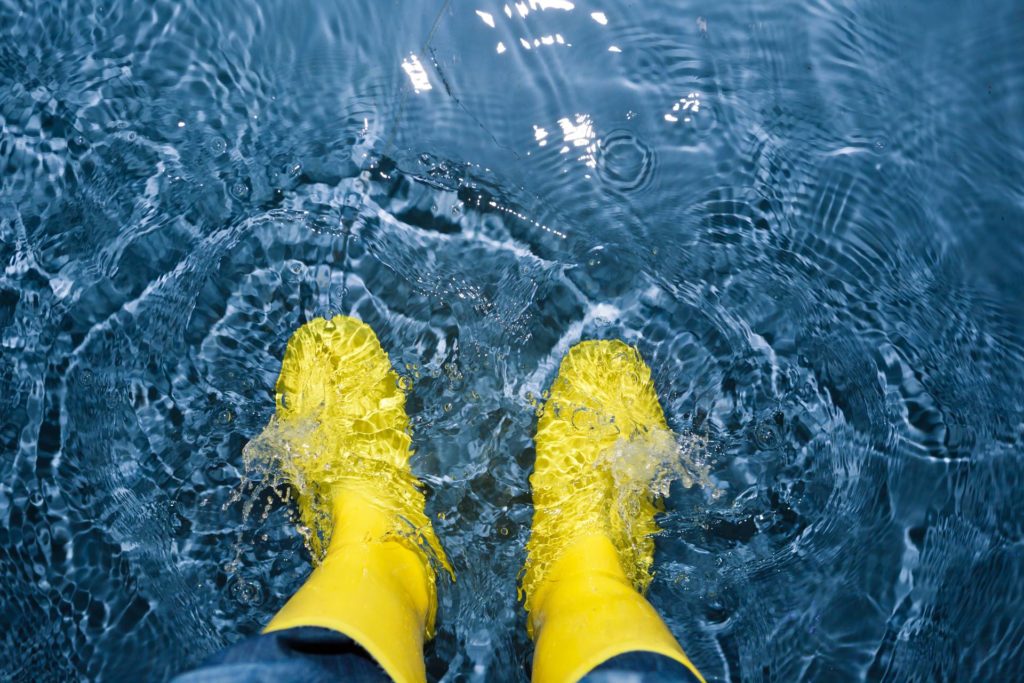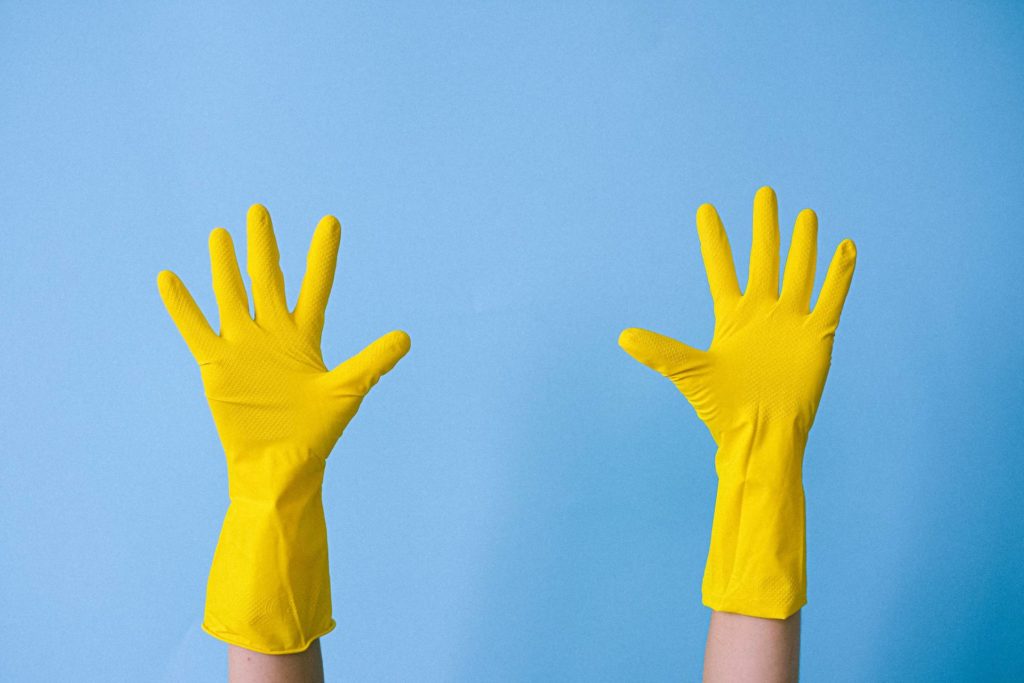How to Clean Carpet After Sewer Back up in Your Home

Perhaps you have just come home from a long workday. Something feels off. After inspecting your home, you head into your basement. You see water covering your carpet. Not just any water, though. It’s a sewage backup. Now what? This article will tell you precisely what you should do for various kinds of flooding.
Should You Replace Your Carpet or Clean It?
There are three different categories of water. Whether or not you can salvage your carpet depends on what category of water has flooded your home.
- Category 1 water is clear, clean water. This water damage is the least severe according to the IICRC and could be caused by a bathtub or a broken pipe where water is coming from a clean water source.
- Category 2 water is also referred to as “grey water” and is typically associated with water leaks from appliances where the water is mixed with detergents or potential contaminants, including soaps. A broken washing machine or a dishwasher usually won’t cause immediate health concerns but should be dealt with as soon as possible.
- Category 3 water is also referred to as “black water.” This water comes from outside your home (i.e. seepage) or beyond the toilet trap (i.e. sewer backup). Raw sewage, solid waste, dangerous bacteria, and other contaminants could be in the water. This type of water is the most dangerous and should be handled immediately to mitigate health hazards.
According to the IICRC S500 standard for water damage restoration, carpets cannot be salvaged if they have been damaged by category 3 water. You will need to get your carpet replaced immediately. Category 3 is often referred to as “black water,” but don’t let the name fool you. Even if the water is clear, it can still be contaminated and pose serious health risks if you attempt a sewage cleanup yourself. If it’s coming from outside your home, avoid the affected area and wait for a professional.
However, you can still attempt to salvage carpets involved in category 1 or 2 water damage. Below, we explain what you need and what to do for this type of water damage.
*If you’re experiencing category 3 water damage, call Pro-Claim Calgary at 587-417-6483 for immediate emergency sewage backup cleanup and restoration services.
Everything You’ll Need to Clean Your Carpet
Tools & Equipment
- Rubber gloves
- Rubber boots
Cleaning Supplies
How to Clean Your Carpet After Water Damage
Now, let’s imagine you come home to see your cat has accidentally turned on your tap touch-controlled kitchen faucet, leaving it to run all day long. Or maybe you notice that your washing machine has malfunctioned and flooded your basement. Either way, water has overflowed onto your carpet. Here’s what you can do to try to salvage your carpet.
1. Act Fast
The first thing you should do is act fast. Letting the water sit can cause extensive damage to your floor, increase the risk of mould, and delaminate your carpet. If it’s safe (and possible) to do so, turn off the water source.
2. Assess the Hazards
Before getting to work, you should assess the hazards first. As we previously discussed, category 3 water can look cleaner than it actually is. Before you wade through the water in your flip-flops, make sure you know what exactly caused the water to flood your home.
If the water goes above your sockets, you could have electrified water. Make sure to shut off the electrical power to your house before you proceed. For large-scale emergencies, you will need to contact the city and have your utilities disconnected.
3. Remove the Carpet
Carefully pull up the carpet. If the area you’re working on is near the edge, you may have to pull up a baseboard. Be mindful not to cut yourself on the tack strip called “smooth edge” that is installed on the subfloors around the edges of the carpets.
4. Dry the Carpet
Open windows, use fans, and thoroughly dry the affected area as best as possible.
5. Discard the Carpet Pad
Next, you will likely need to discard the carpet pad, especially if it is contaminated. The good thing about carpet pads is that they are inexpensive to replace and simple to install.
Once you’ve removed the carpet pad, use a broom and dustpan to sweep up the remaining debris.
6. Reinstall the Carpet With a New Carpet Pad
After cleaning the area, roll the carpet pad down and cut away excess pieces. Once this is done, you can lay the carpet again. It may be best to get expert help with this step because experts have the proper tools to stretch the carpet and make sure it is installed properly.
When Carpet Isn’t Salvageable
As we have mentioned, category 3 is the most severe type of water damage. Any category 3 water backup means you cannot save your carpet and must dispose of it. The contaminated water can pose several health risks to you and your family.
You may also need to replace your carpet for a hot water line break. When boiling water seeps into your carpet, the glue breaks down, and the carpet layers begin to separate. This is called carpet delamination. You can tell if this has occurred because your carpet will look bumpy.
Why You Should Hire a Professional Rather Than Doing It Yourself
There are three reasons you should work with a professional instead of cleaning your carpet yourself.
Insurance Responsibilities
Your insurance company wants you to use a professional to tackle the job. Why? Because as a homeowner, your biggest responsibility is to mitigate damage.
Mitigation can include turning off the water and calling a professional to help with your situation. Water is a progressive condition, and if you don’t address the issue right away, the problem will continue to get worse. Mould can grow within 72 hours of a water incursion—sooner if there is a pre-existing condition. Removal of mould related to an unmitigated water loss may not be covered by your insurance.
Professional Expertise
Furthermore, it would be best to have a professional restoration company clean up the water damage because they have the knowledge to do so. Restoration professionals can help you assess what materials can be salvaged and what materials should be discarded, and they can quickly determine the class and category of water damage. It’s also best to have a professional evaluate the potential risks to ensure the restoration is completed safely.
The Right Tools for The Job
Professionals also use tools to assess moisture. They will conduct a thorough walkthrough to determine whether building materials are salvageable.
Professionals also use air-filtration devices. AFDs, commonly known as “air scrubbers,” use a series of filters and exhausting to create negative air pressure in the contaminated area. This helps to ensure that harmful micro toxins don’t transfer to other areas of the property during a sewer backup event.
Hire Calgary’s Best Restoration Company to Take Care of You

You may think your carpet is clean and dry without realizing the underlying issues that could cause long-term damage. Minor water spills can be a quick fix, but when your basement is covered in water, you may be better off seeking professional help, especially for category 3 water damage.
At Pro-Claim Calgary, we are committed to helping people get through the unexpected. If you’re still unsure about your next steps, give us a call. Our team is happy to assess the situation and help you get back to normal as soon as possible. We’re here for you!